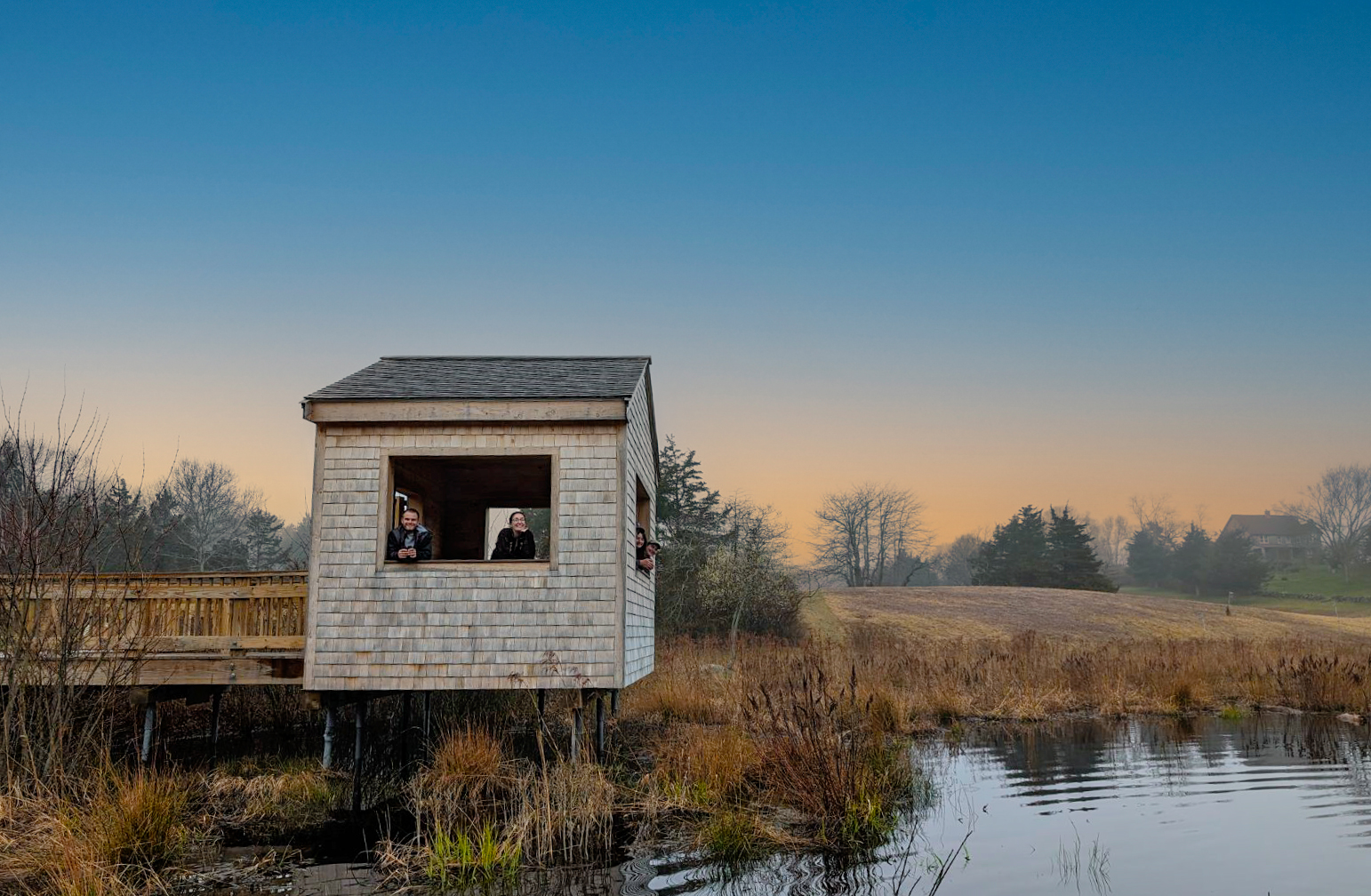
By Eric Walberg, Senior Program Leader, Climate Services
If you have recently been out in the woods in eastern Massachusetts for a little quiet reflection, there is a good chance that your reverie was broken by the sound of munching. That background noise is the sound of oak defoliation and is the result of the largest gypsy moth outbreak to hit the state since 1981. A combination of factors is in play, including the cyclical nature of gypsy moth populations and the spring drought conditions over the last two years that have limited the effectiveness of a fungus that can reduce moth populations.
The forests of New England are subject to a number of stressors, including invasive species and climate change. The gypsy moth was introduced in Massachusetts in 1869 in a failed attempt to interbreed them with silk worms to develop a silk industry. The moth’s range now encompasses all of New England and is projected to expand into eastern Canada as the climate warms. Recent studies indicate that repeated defoliation of oaks in New England is a contributing factor in declines in regional oak abundance. In conjunction with a warming climate, this sets the stage for forests that over time will transition to dominance by tree species that are best adapted to a warmer New England.
Through the Climate Smart Land Network (CSLN), Manomet is working with forest owners and managers to help them better understand this dynamic environment and to utilize that knowledge in forest planning and management. Our most recent bulletin to CSLN members is an exploration of how climate change is impacting forest productivity. Conifers are projected to become increasingly competitive with hardwoods in New England as the climate warms.
According to Jennifer Hushaw, Manomet’s Applied Forest Scientist, “Looking at the recent gypsy moth outbreak through the climate change lens provides broader context and insight on the changes in forest structure that are underway. We work with our CSLN members on a continual basis to help them connect the dots on these issues.”
Photo by Didier Descouens. Wikimedia Commons. https://en.wikipedia.org/wiki/Lymantria_dispar_dispar#/media/File:Lymantria_dispar_MHNT_Chenille.jpg





 Back to all
Back to all